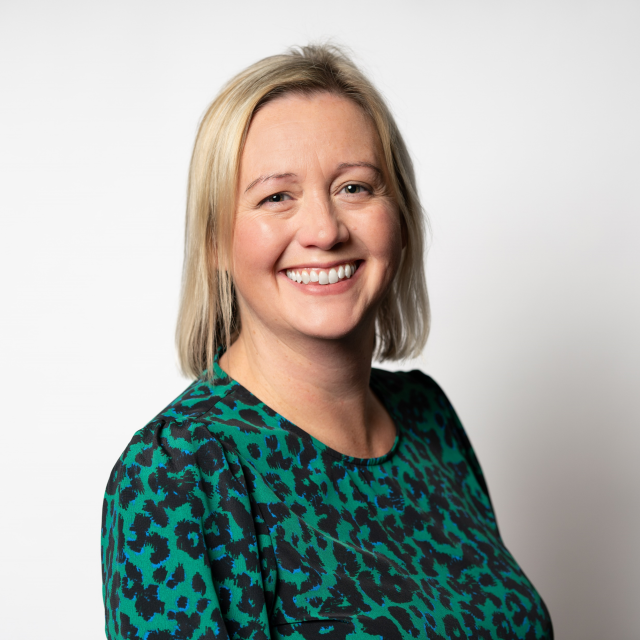The recent decision of Master Davison in Mustard v Flower (“Part 2”) hit the headlines primarily due to the decision concerning contingent pleading of fundamental dishonesty. However, there was a sting in the tail for the claimant’s legal team who, to our mind, failed to abide by the clear tenor and wording of an earlier order controlling expert evidence. The context of the decision is a case of alleged mDAI and developing research.
mDAI is a shearing of axons caused by rotational acceleration/deceleration of the head. The dysfunction caused can induce a discrete cluster of symptoms termed “Post-concussion syndrome.” The usual neuroradiology scanning procedures do not always illustrate any objective evidence of the shearing of axons and as such medical experts are left to rely on subjective evidence to diagnose mDAI. It is a controversial issue in personal injury claims as claimant medico-legal experts will claim the absence of any objective evidence on scans does not preclude injury to the brain.
In a recent article[1] in the Journal of Personal Injury Litigation Dr Emer McSweeney, Consultant Neuroradiologist, and Dr Steven Allder, Consultant Neurologist, (both of Re:Cognition Health), have sought to provide an update on new and emerging neuroradiological techniques and biomarkers that could represent objective radiological evidence of injury.
The article confirms that whilst the two most widely available scanning techniques, Computed Tomography (CT) and Magnetic Resonance Imaging (MRI) are not always able to illustrate the damage to axons, high strength MRI is more helpful. Susceptibility Weighted Imaging (SWI) MRI can detect the presence of micro haemorrhages, a recognised hallmark for diffuse axonal injury (DAI). However, as mDAI occurs at a microscopic level and MRI is not sensitive to Amyloid Precursor Protein, a post-mortem criteria for the detection of DAI, these techniques remain limited in their ability to detect mDAI.
McSweeney and Allder then go on to identify other techniques that should shortly be available, both clinically and in medico-legal practice.
McSweeney and Allder conclude that it is hoped that developments in neuroradiology will challenge the conclusion often made by practitioners that Post-concussion syndrome is largely psychological, instead supporting organic damage to the brain.
The co-author, Dr Allder, is one of the experts appointed by the claimant in Mustard. In that case the claimant legal team tried to introduce a DTI scan and evidence of a further expert, Professor Sharp (another neurologist) without permission of the court. At the outset they obtained a report from Professor Sharp after the court had already given permission for one neurologist on each side. In October 2019 the Master allowed the neuro imagery in but not the report from Professor Sharp. However, the claimant’s legal team supplied their experts with the report having removed the conclusion section. When challenged they instead introduced a letter from their permitted expert which had lifted data from the report of Professor Sharp!
The Master saw through this charade and refused the claimant permission to rely on their amended report from Dr Allder as this was a clear breach of the earlier order.
This decision goes some way to explain why the recent article’s publication is so important for other cases. It is safe to assume that this well-known combatant in the field of subtle brain injury will want to introduce DTI scans and the research of Professor Sharp.
1. Procedural:
2. The scans: in the Mustard case, the Master pointed out that whilst the claimant’s experts argued that the DTI scans revealed abnormality in the Corpus Callosum Tract of the brain, the scans themselves showed no abnormality. The interpretation of the scans remains controversial, but without doubt will be a central area of debate in these cases as they proceed to trial.
It therefore remains the case that in the absence of objective evidence on scanning, a comprehensive analysis of the mechanics of the accident, the claimant’s medical records and the claimant’s presentation in the immediate aftermath of the accident remain vital in establishing whether an injury was sustained.
In time, medical advances may make it easier for some claimants to establish organic brain injury, but for many others we predict that the judge will still have to decide if the symptoms are genuine and, if so, their origins. The polarised debate is likely to continue for the foreseeable future. That said in any case where DTI or novel scans are introduced it is critically important that the defendant experts deal with the issues and relevant literature comprehensively.
For more information please contact Libby Ferrie.
[1] Recent developments in neuro-imaging for traumatic brain injury, J.P.I. Law 2021, 1, 1-11


The service you deliver is integral to the success of your business. With the right technology, we can help you to heighten your customer experience, improve underwriting performance, and streamline processes.